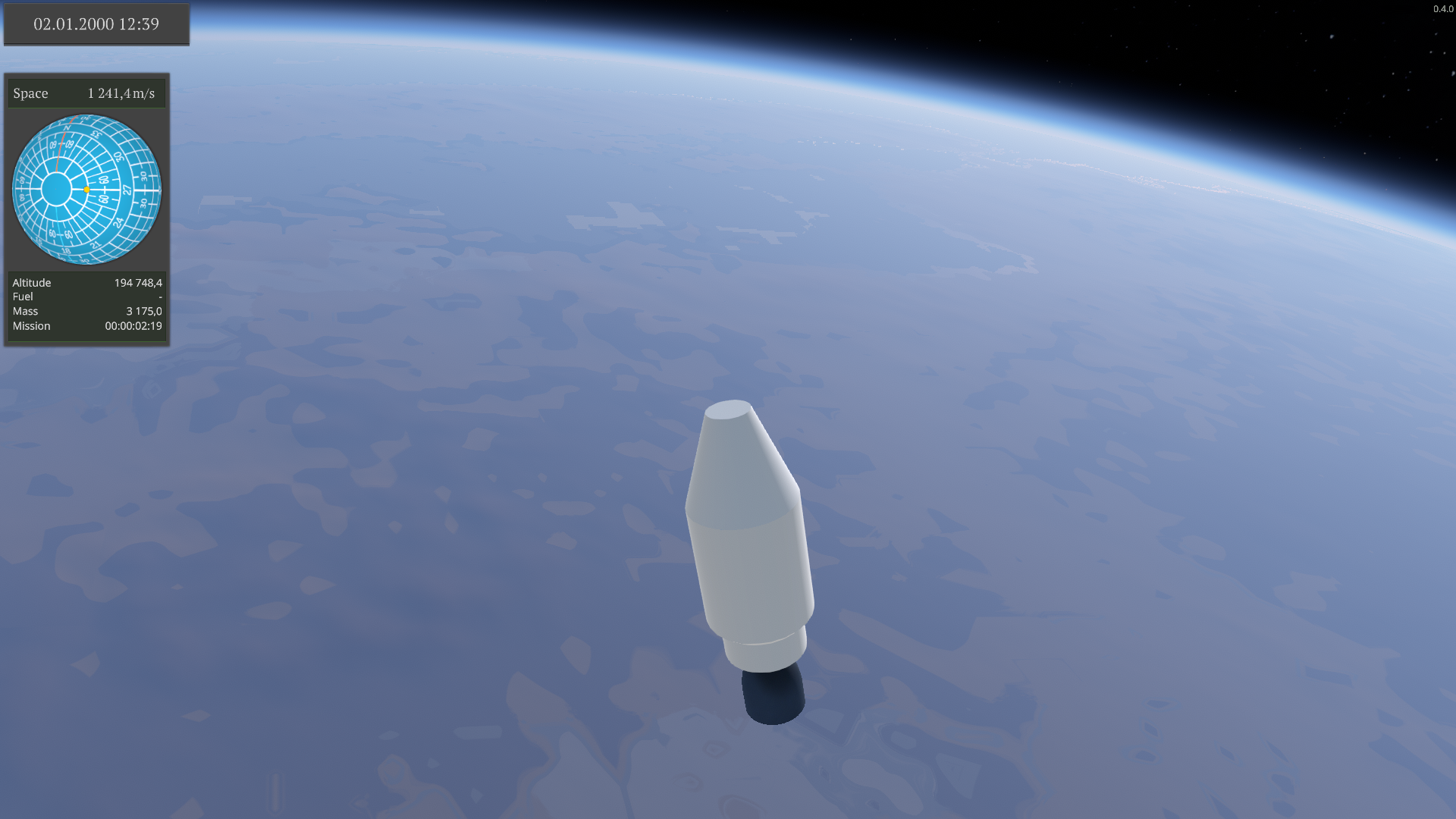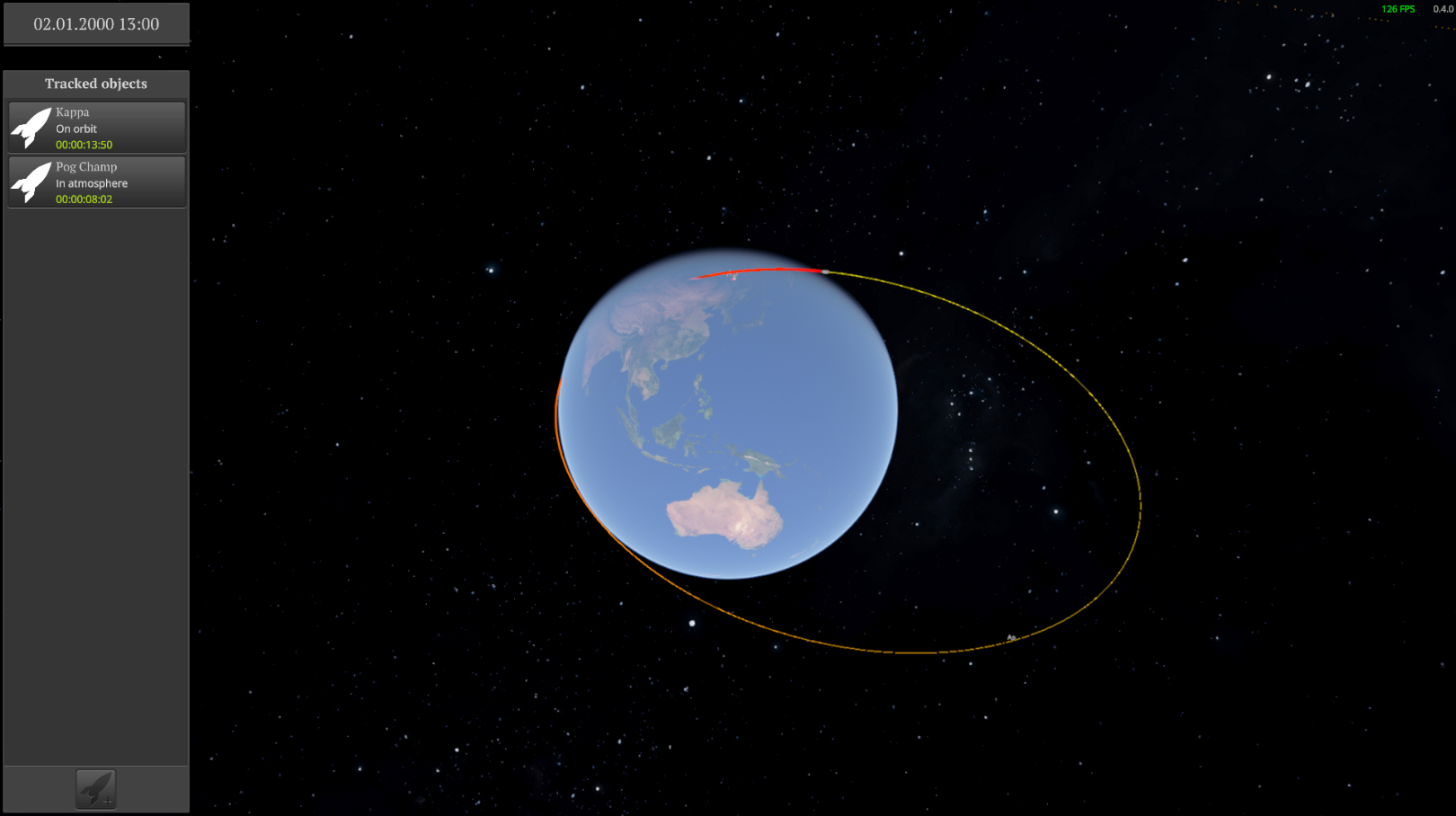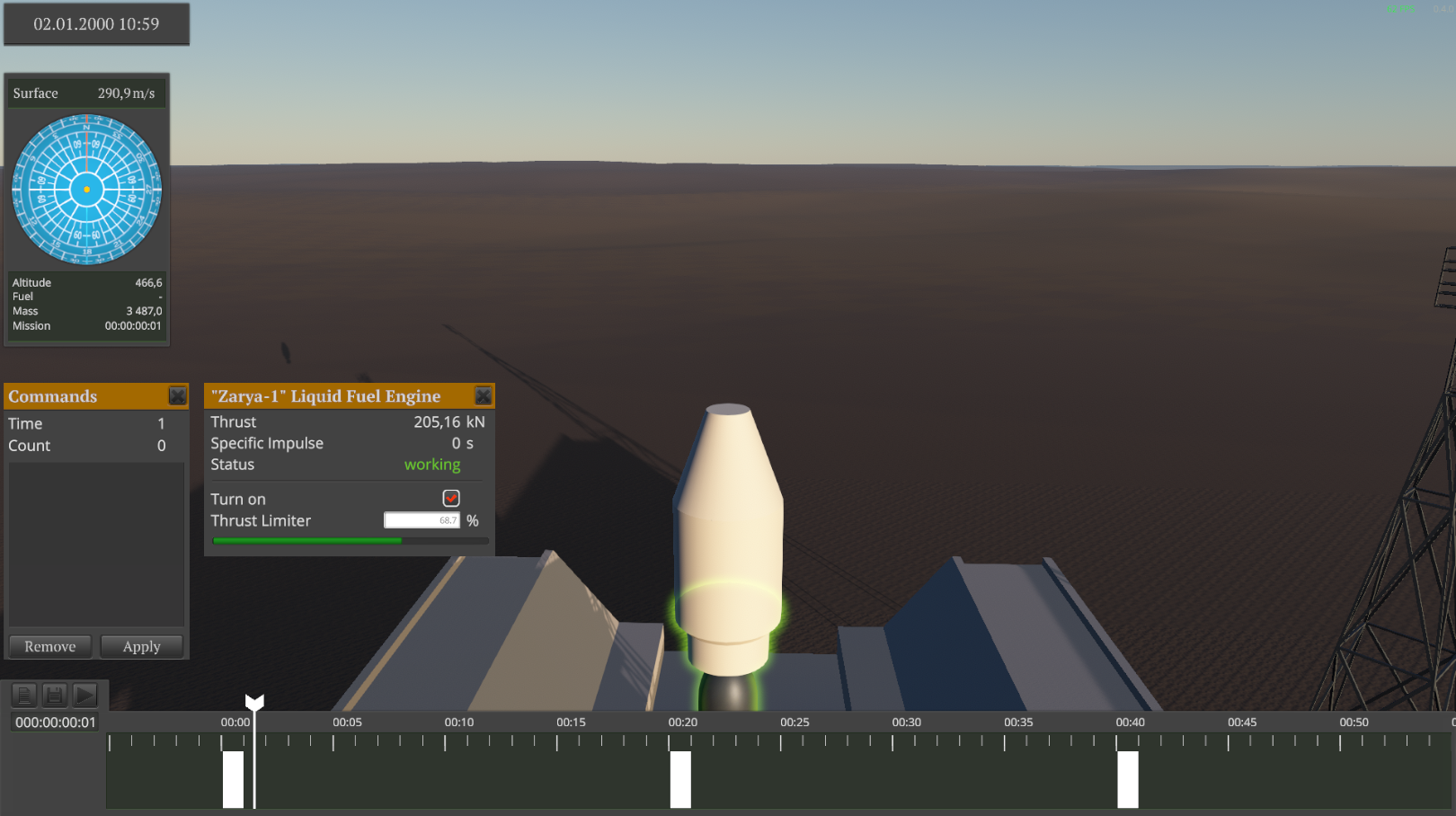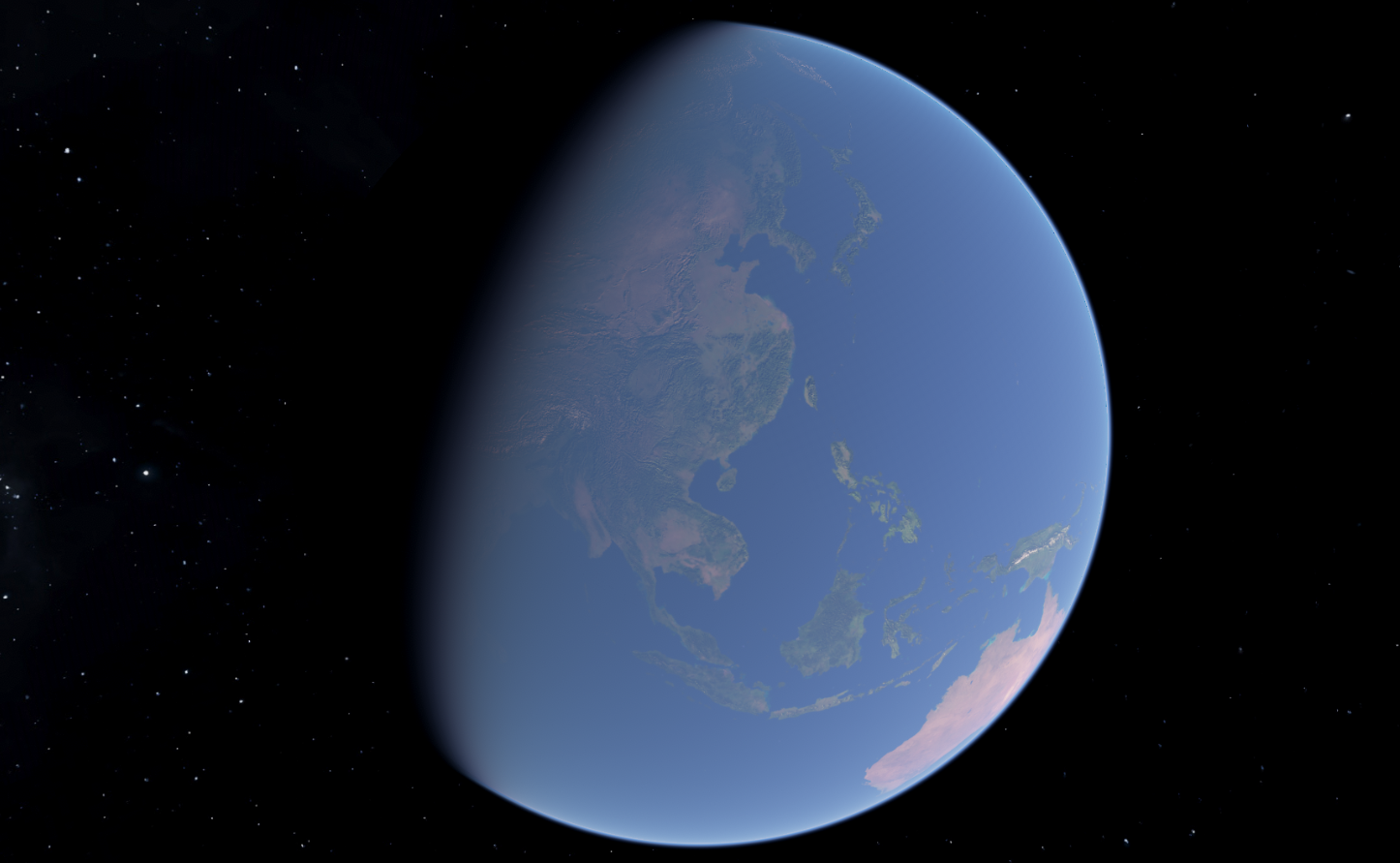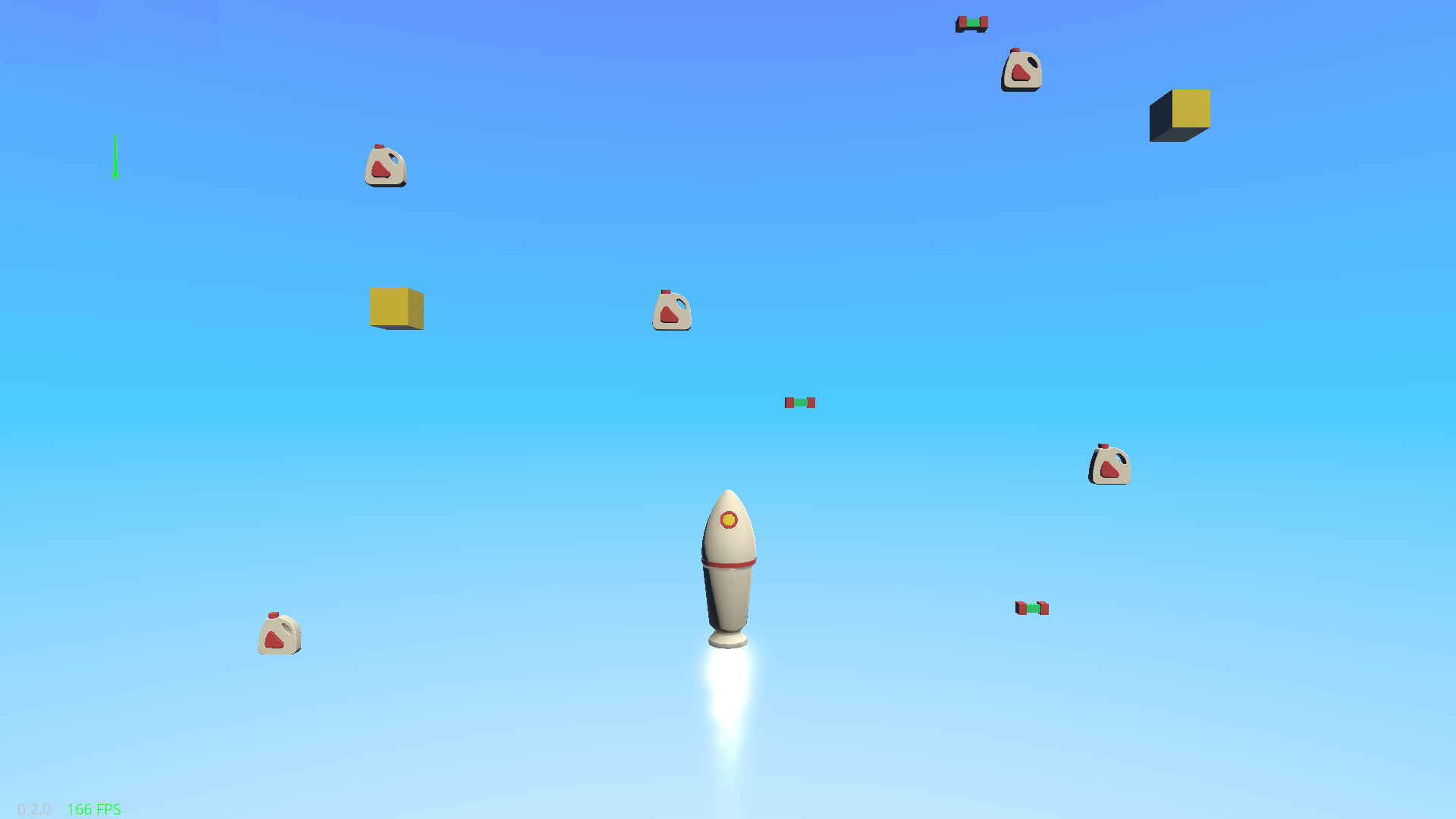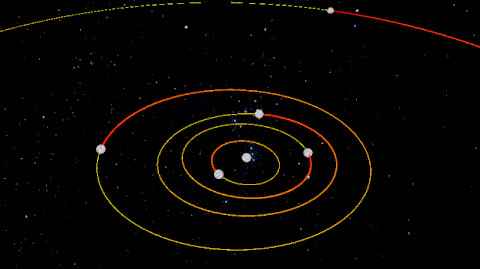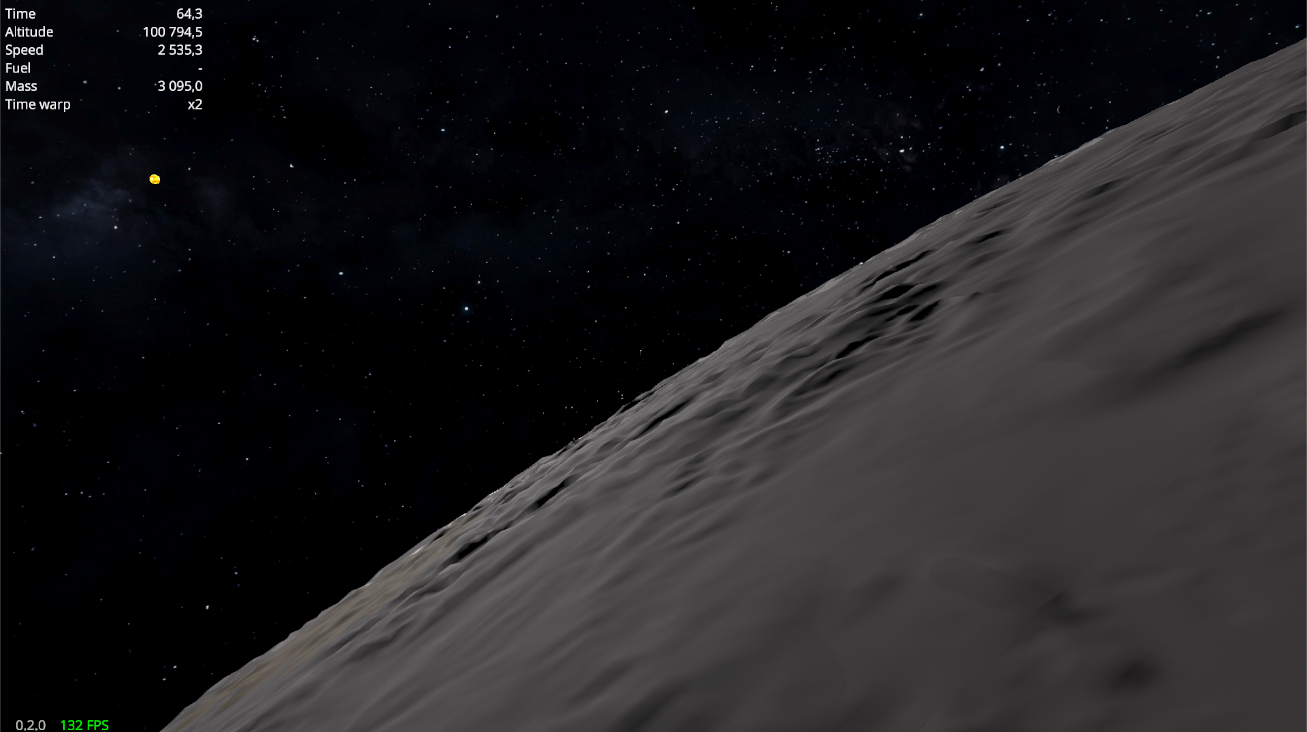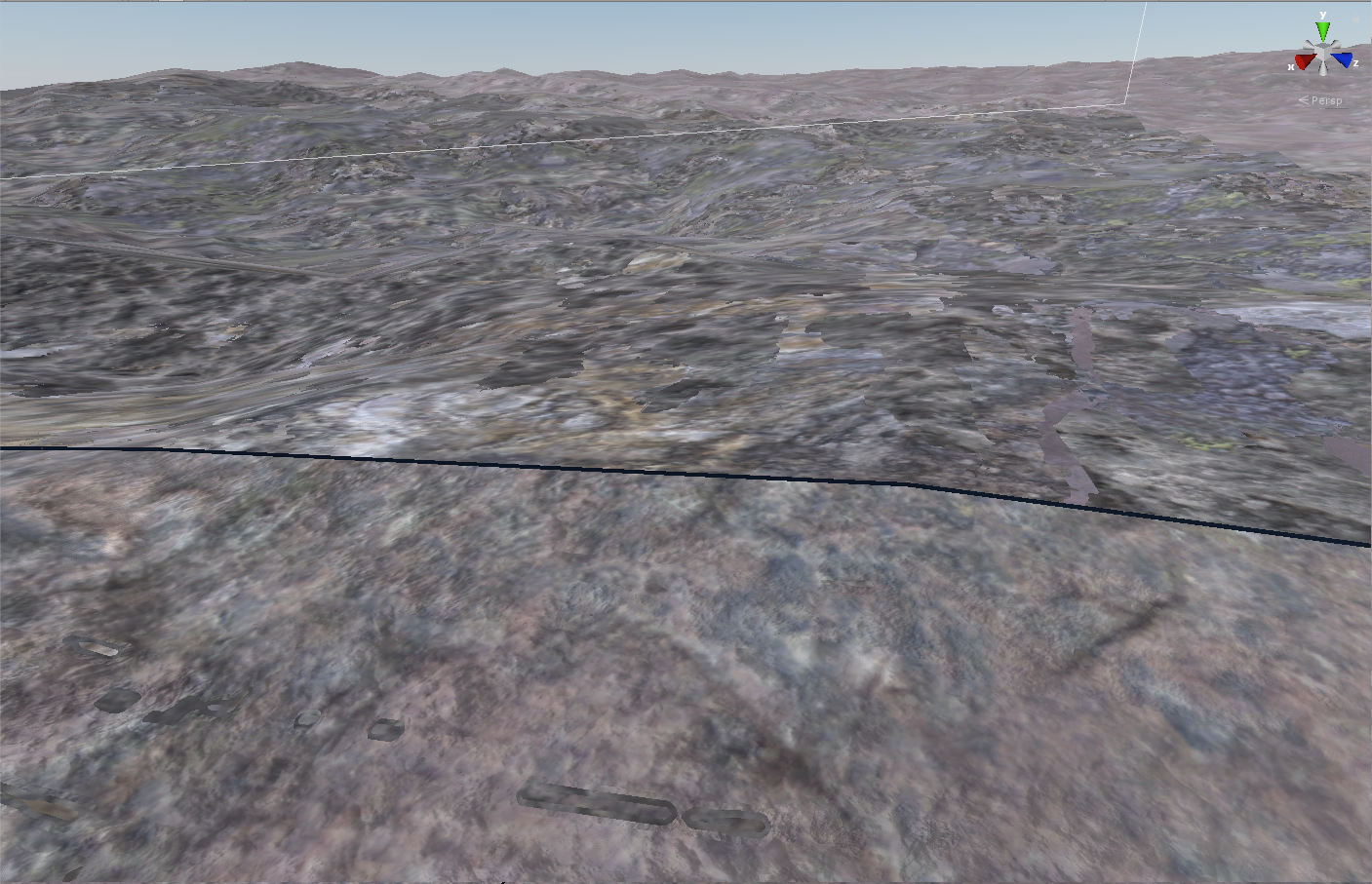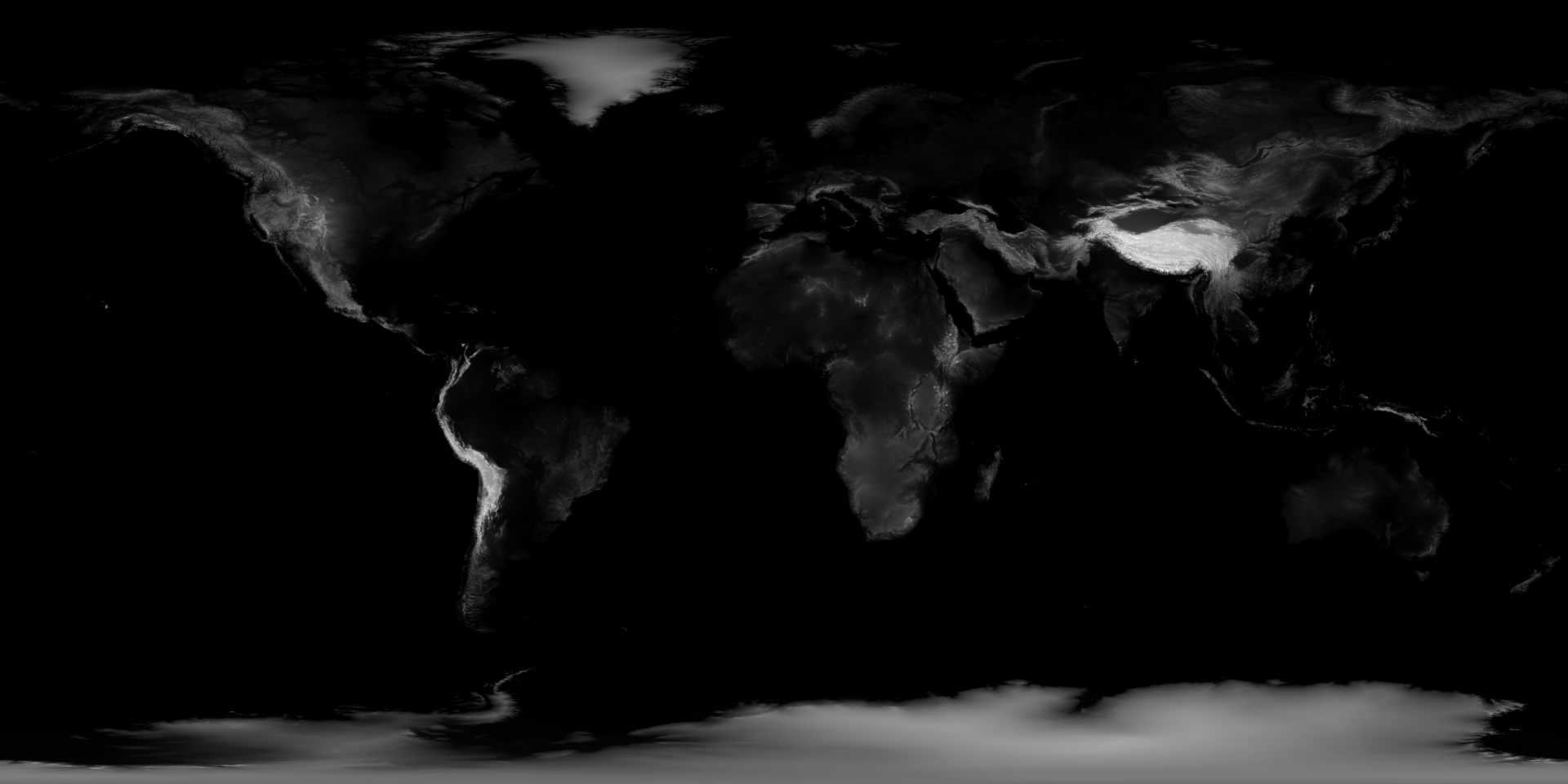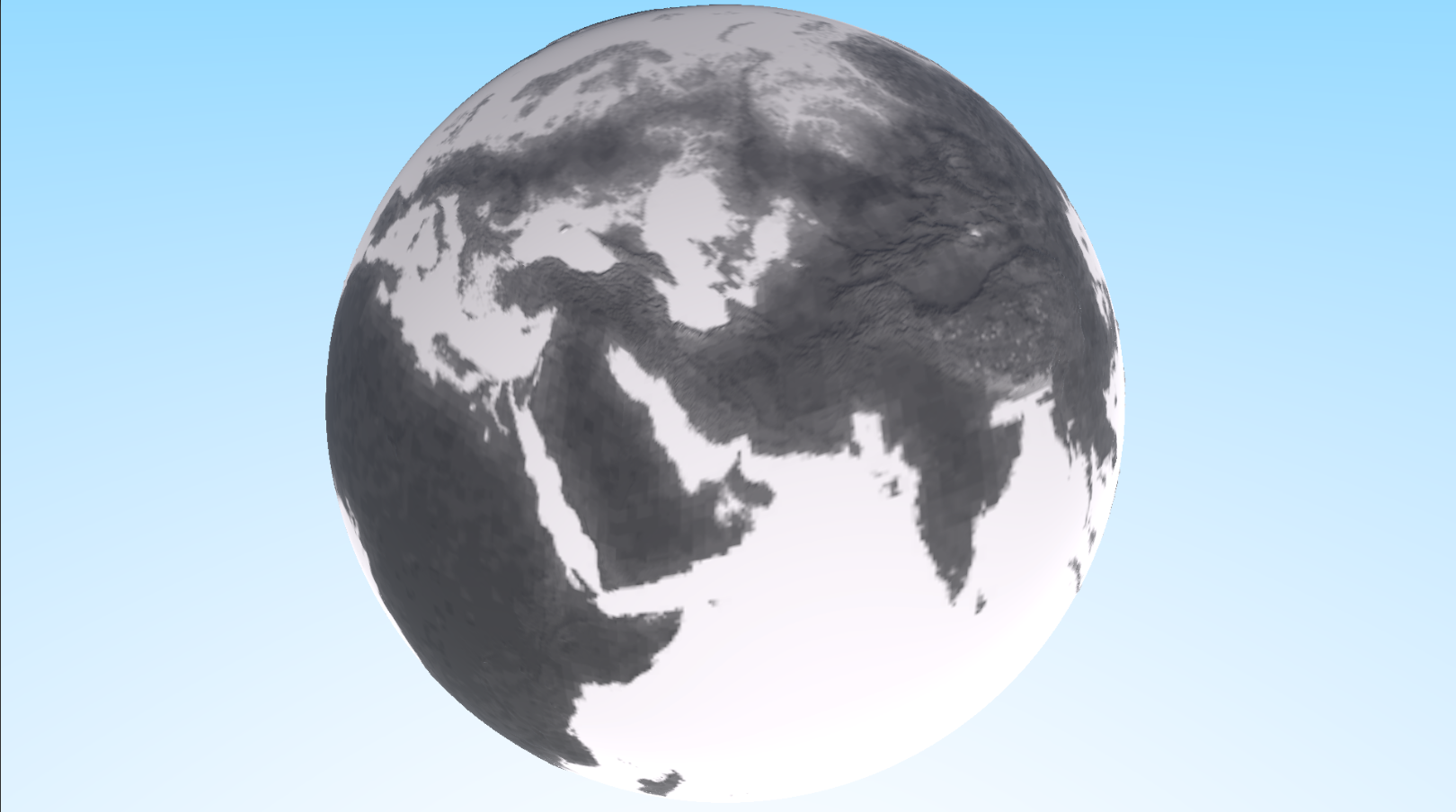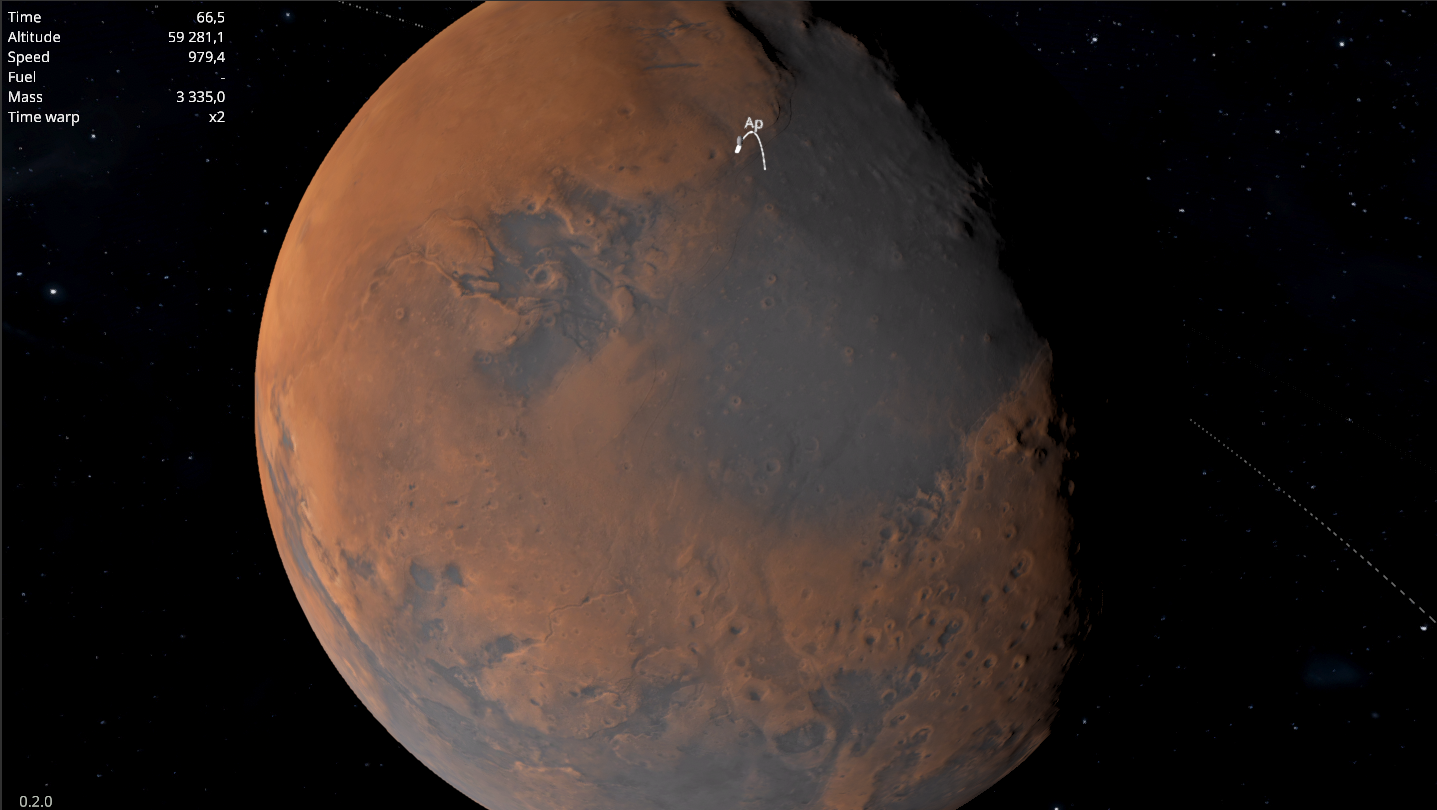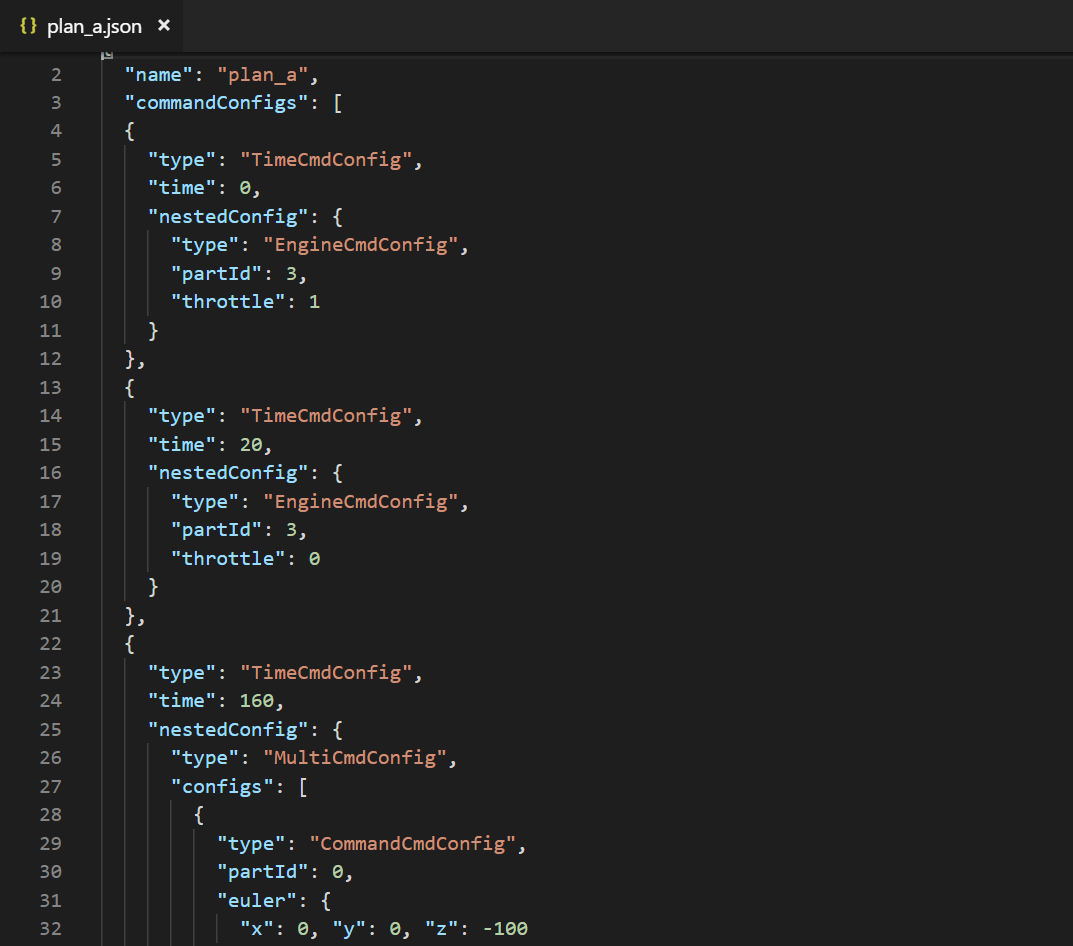
May 20, 2019
Rocket Science - Arugin

Hello everyone!
Just wanna share with you, that our game passed the first stage of "Indie Battle" contest from the Russian magazine Igromania and LG Electronics. And this is amazing! Despite I used the old screenshots in the pitch for the contest (the new ones are not ready yet), it got attention from the journalists. And now the industry experts and players will decide who wins.
I want to thank all of you for your interest in the game. Because of that I decided to apply and now gained +10 to productivity and chance to win. And it's time to get back to work.
P.S. Unfortunately, there is no English version of the contest web page, but here is the link if you are interested anyway.




